5010
The new 5010 gets all of the same revamps as the Bronson. A degree less on the head tube and another 20-25mm on the top tube. The bottom bracket hasn’t changed (and is the same 13.1in as Santa Cruz’s TRC – widely hailed as one of the best trail bikes ever.)
There are shorter chainstays and a shorter lower link compared to the Bronson. Travel has been upped by 5mm to 130mm to match the 130mm Pikes on the front. The new VPP system has been tweaked to give it a better small bump response. The Fox EVOL rear shock also helps with that. All the new bikes are specced with Rockshox forks and Fox rear shocks.
Just like in the Bronson (and Julianas) there’s internal cable routing for front and rear mechs and dropper post too. The seat tube has been increased in size to 31.6mm (which won’t please anyone wanting to swapping over from their old 5010).
Mud clearance is good with a 2.3in tyre, though there’s still that potential mud-collecting ‘shelf’ of a bottom link in there. Having only tried it in dry, dusty conditions, we can’t comment yet on whether that’s an issue or not.
5010 riding thoughts.
It might only be an extra 25mm or so in the top tube, but that’s the most noticeable thing about the new 5010. Combined with a short (50mm or so) stem and 750mm bars, this is a very ‘now’ feeling bike, in keeping with how bike riding and position has been evolving over the last few years. This translates to a very fun and engaging bike to ride, but it’s not a ride to be complacent on: the 5010 really needs you to be up and forward in your riding position. If you just sit back and steer, then there’s not enough weight on the front end and you’ll find yourself washing out, or with a front wheel that won’t really go where you point it. This was immediately apparent from the first few gravelly corners on the 25 miles of test riding I got in. While climbing, the bike doesn’t wander around, though it sometimes feels that it’s hard to get enough weight on the front wheel on the ups and it needs a conscious forward weight shift to stop understeer on slow corners.
However, on rolling trails and descents, if you get up, active and forward (just like you’re supposed to), the bike really responds with confidence. There’s enough travel, front and rear to plough through the rocky stuff and the bike works well, whether freewheeling or under power. Stiffness is a given, but equally, the bike doesn’t pass that on to the rider and it’s only when looking at the fork and shock O-rings that you realise the 5010’s been working hard for you. While the Bronson feels like it needs a certain amount of speed and commitment to get the most out of it, the 5010 is a more well-rounded ride and it’s well behaved at any speed.
Provided that you don’t let down your bike-bossing riding position, the 5010 is a great bike for any terrain from rolling singletrack to rock-garden problems and it’s just shot into my short list of bikes I’d like to spend more time on as soon as possible. And luckily, while alloy versions won’t be out until the spring, the carbon frames should be in stock in the UK in a matter of days.
Here are some shots of the dusty real-world 5010.
Below is a comparison of the (raspberry) Bronson and the (blue) 5010. You can see where the Bronson’s extra travel comes from.
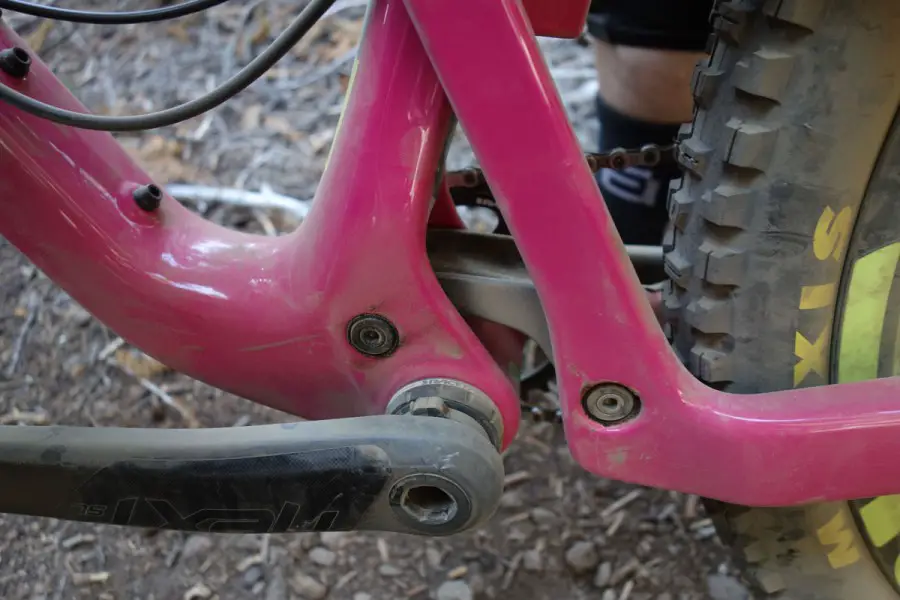

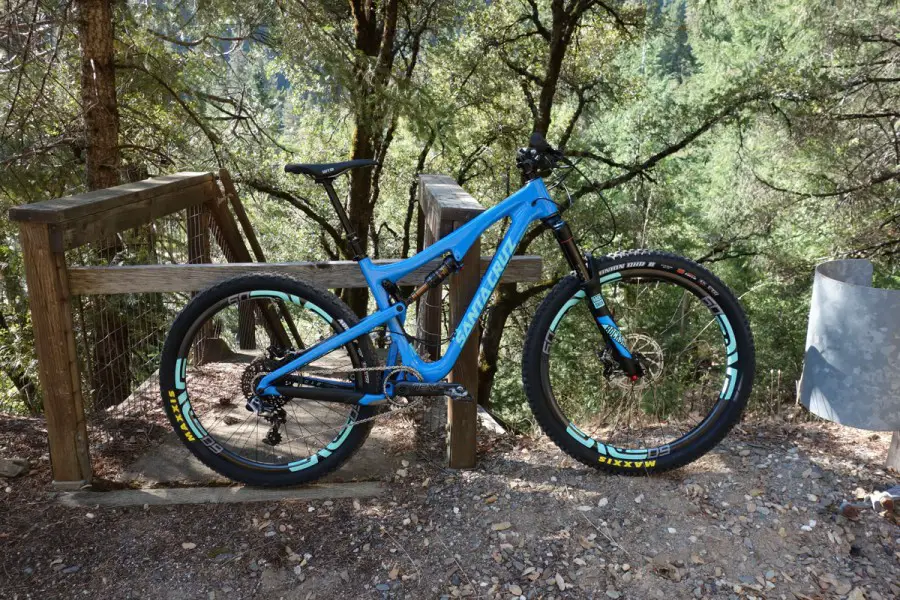
Comments (3)
Leave Reply
Post Comment
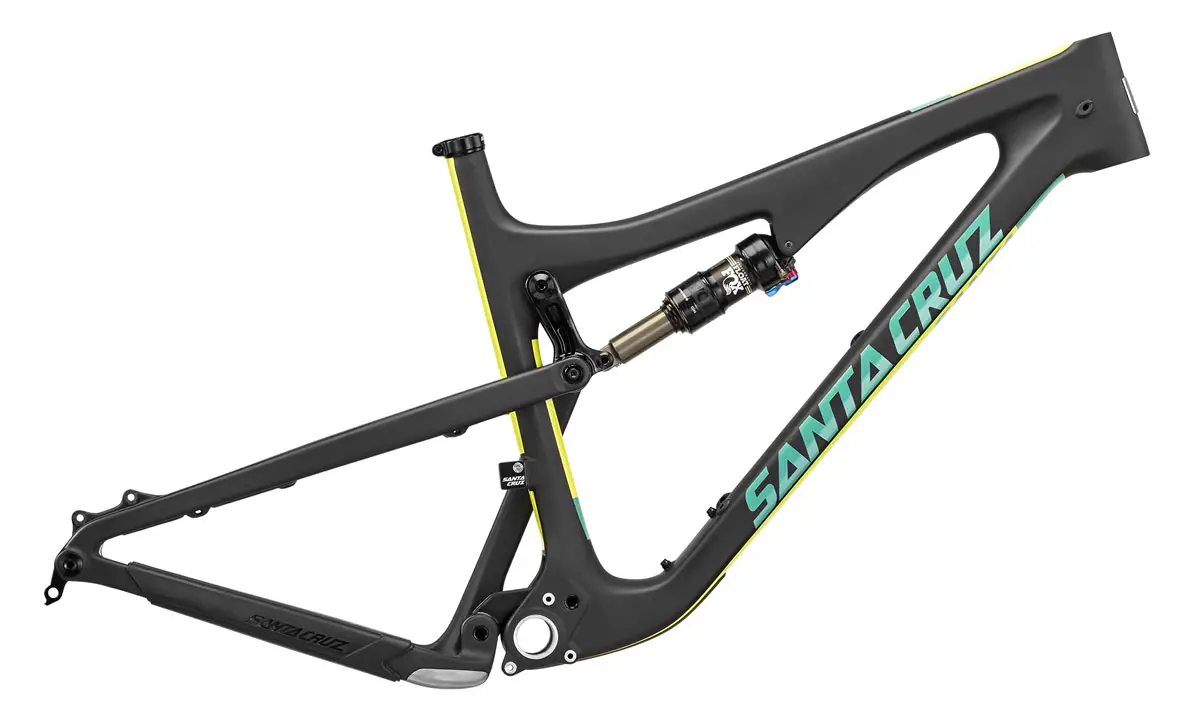
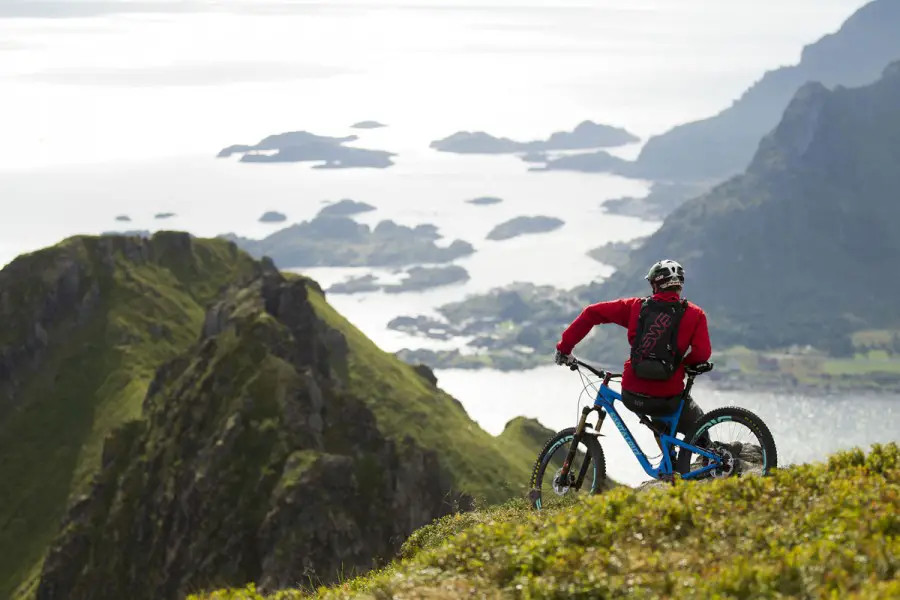
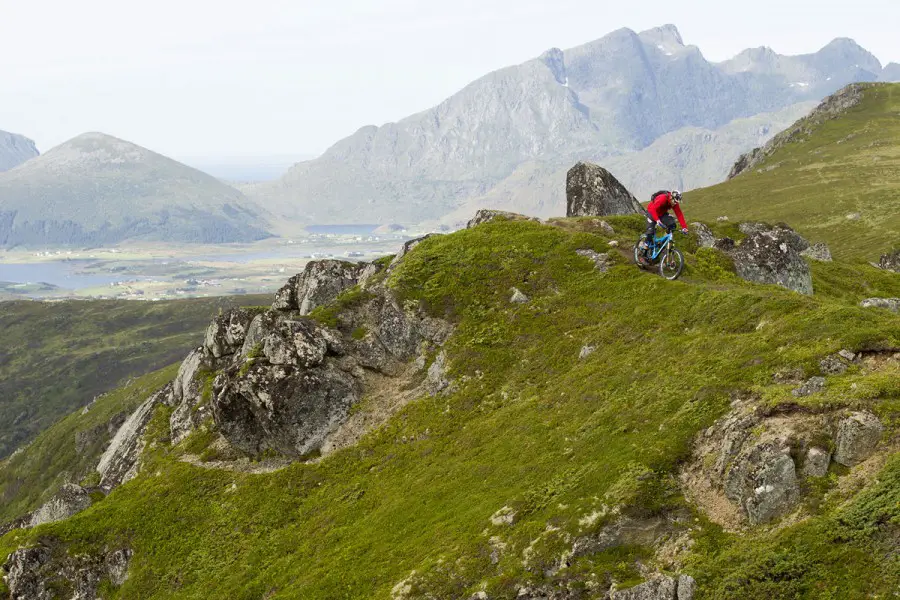

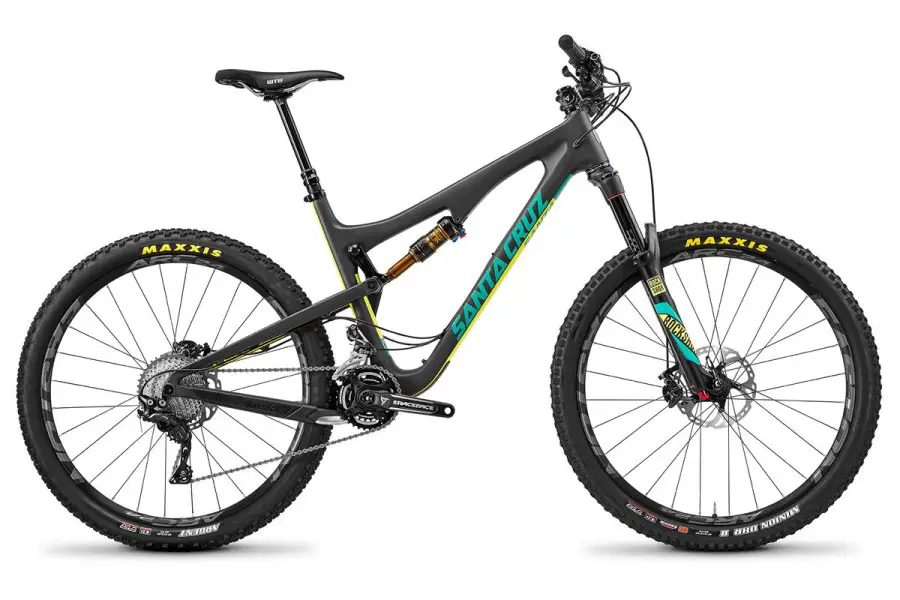
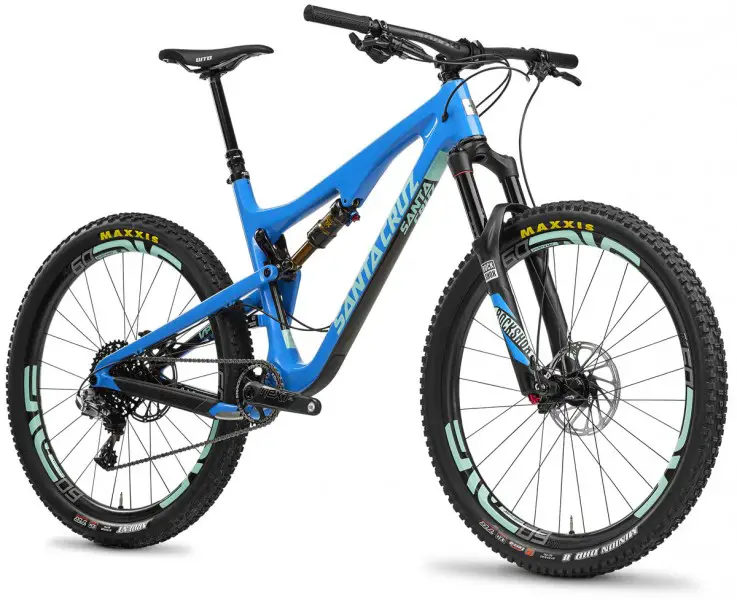

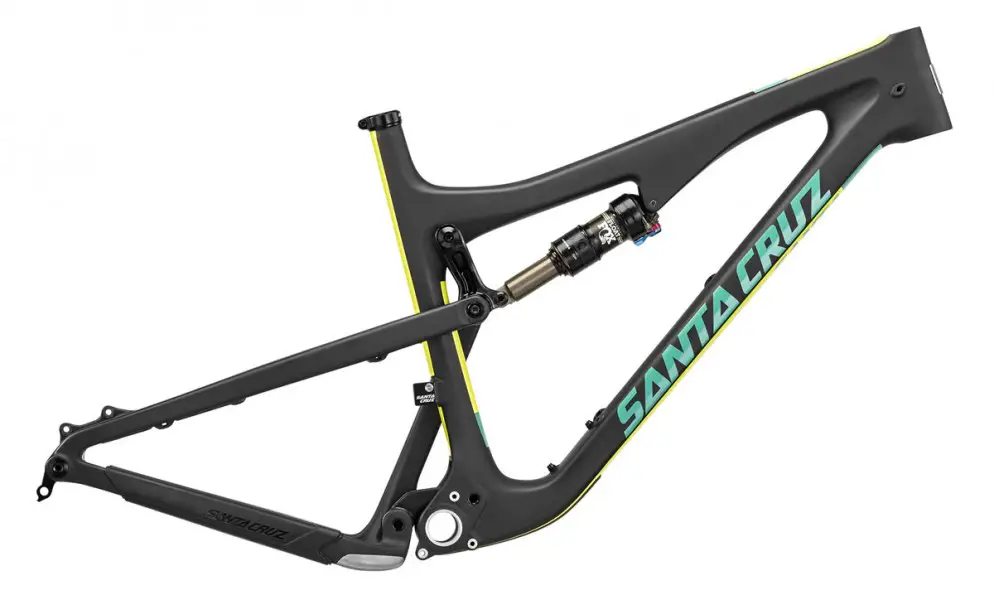
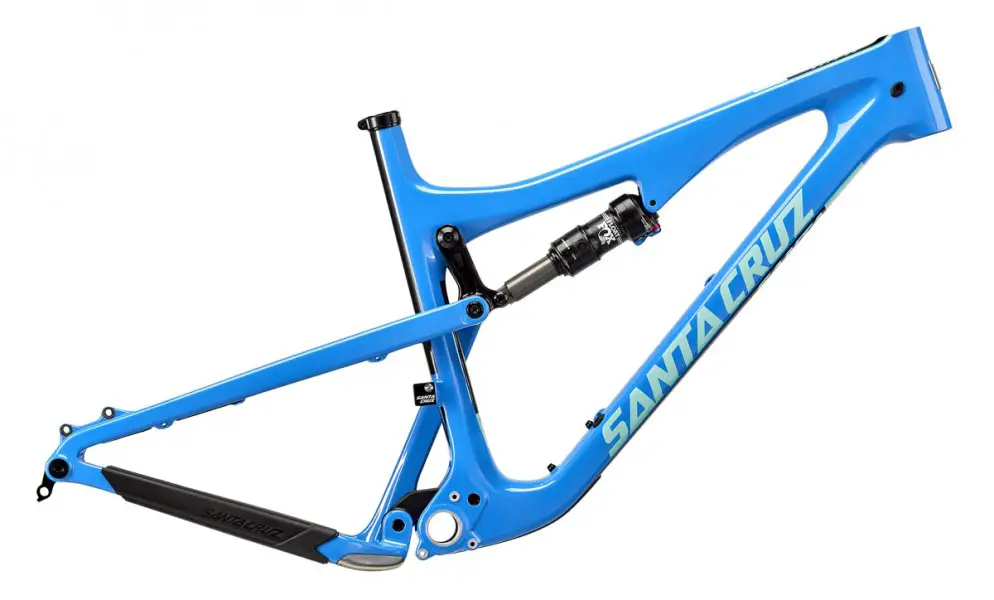
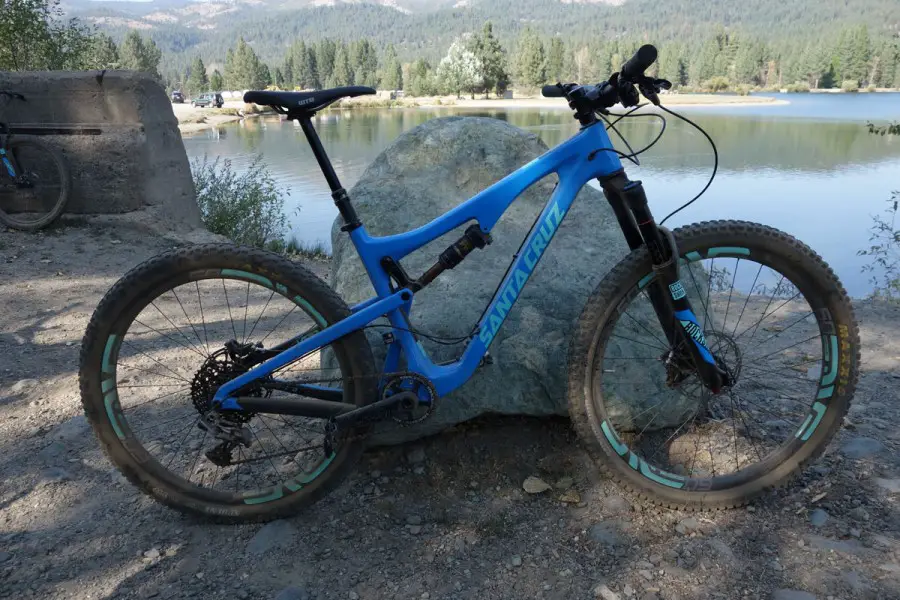
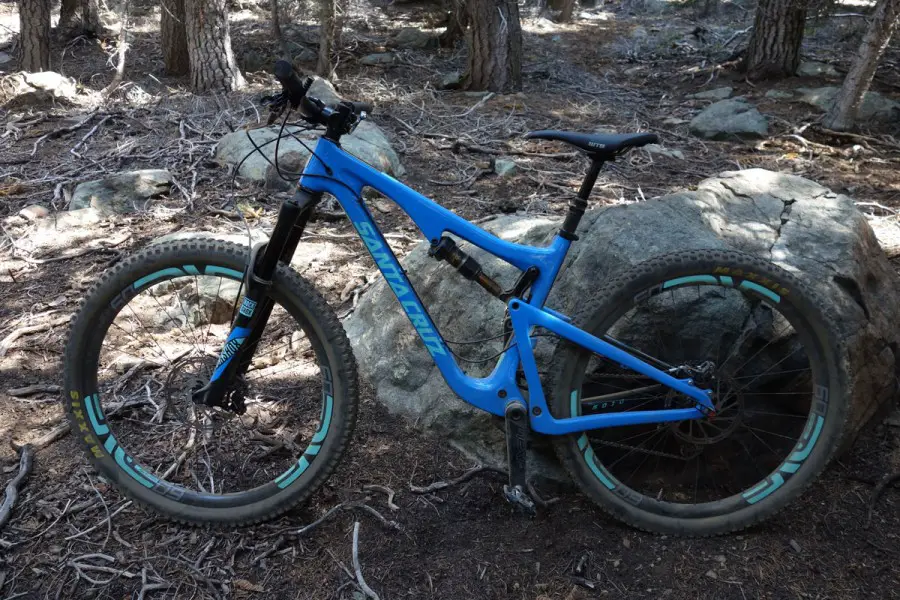
If you’re spending thousands to go from one 5010 to the slightly different new one then the dropper not being the same size is a bit of a moot point. Besides, you can probably shim it.
Or bodge it.
The prices for complete bikes compare well with the competition – Yeti, Mondraker et al. But I’m quite surprised that you don’t get a Kashima-coated shock on a £2,800 frame.